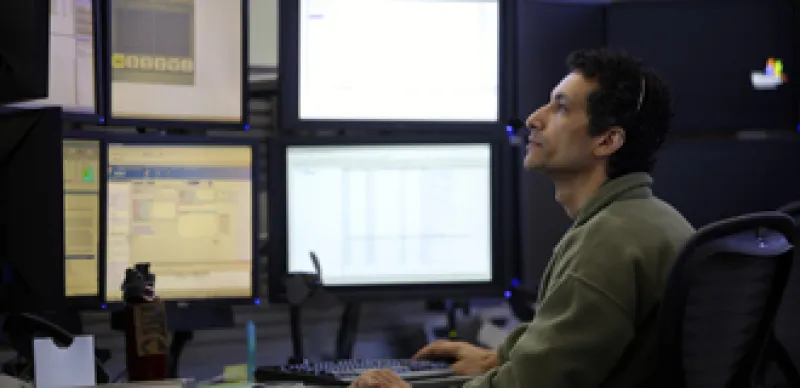Scrutiny on the investment industry has rarely been as tightly focused as it has during the recent financial crisis. Government agencies and regulatory bodies want more information about how investment services are being run, putting increased pressure on front and back office operations to comply. Firms such as the Gartner Group that study IT investment speculate that new regulations and governance structures will result in more long-term spending on trading systems within the financial services sector.
The passage of the Dodd-Frank Act this summer and numerous rules issued by regulatory groups has placed unprecedented demand for transparency on investment firms. Expectations of investment processes like these will no doubt trigger reviews of current trading systems and probably requests for new tools.
Boston-based technology consultant Celent, for one, expects global spending on IT products and services to grow 2.9 percent to $364.5 billion this year. Financial services will continue to spend the most, but in specific areas, forecasts the Gartner researchers. Firms will want to deploy virtualization, to consolidate devices, and migrate from higher-cost platforms and possibly cut non-core infrastructure.

A pioneer in environmental, social and governance (ESG) investing, San Franciso-based Parnassus has a mandate not just to gain return but do it through socially acceptable means. The firm automated its accounting functions and shareholder servicing in 2003 with Mfact, a financial accounting platform from Linedata, situated in Rueil-Malmaison, France. At the time, Parnassus’s trading processes lacked automation as well, consisting of typing information from handwritten slips of paper collected from its trading staff.
Mahon’s team integrated Mfact with Linedata's electronic trading platform, Longview, which DuPont Capital Management (DCM) also uses for its $20 billion pension funds. The Mfact system categorizes and assigns risk values to securities and automatically records them for shareholder and financial statements. The addition of Longview enables Parnassus to manage its portfolios and keep track of those valuations, while meeting the reporting requirements of the FASB.
Given that the trading and fund accounting systems tie into each other, says Mahon, changes in pricing calculations, for example, are recorded by both systems as one price, usually not the case in a manual environment. “Our traders need to see those values every morning to decide what to trade,” he emphasizes.
“Back-office, accounting and compliance functions too often in the past have been left behind the curve — they are cost-center items and once up and running, generally meddled with as little as possible,” notes David N. Rosensaft, Adjunct Professor of Finance & Risk Engineering, Polytechnic Institute of New York University, and himself an architect of several innovative trading platforms. “In an era of increasing regulatory scrutiny, this paradigm cannot continue. Firms have finally awakened to the need for integrating both ends in reliable, real-time and seamless pathways with build-in audit and control features. Payback will be huge, both in decreased exposure, operational expenses and improved client confidence.”






